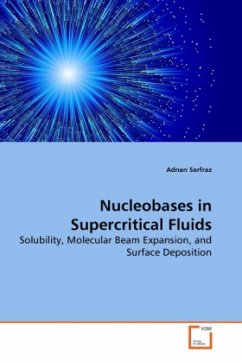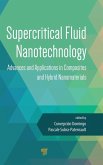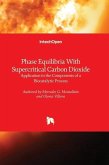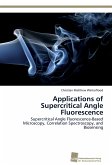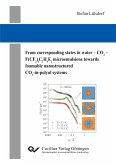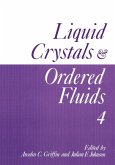Supercritical fluids have found applications in a wide variety of fields, from solvents for reaction media to engineering of nanoparticles. They are also of interest in the analytical field for transferring non-volatile organic molecules into the gas phase for detection and deposition purposes. This book highlights the use of supercritical fluids as an analytical tool for the transfer of a group of non-volatile molecules, namely nucleobases, into the gas phase. Moreover, a new bracketing method is described for detecting the critical point of pure fluids and diluted mixtures of fluids. Five biologically relevant nucleobases i.e. adenine, guanine, cytosine, thymine and uracil were dissolved in supercritical ethylene and detected in the gas phase using molecular beam expansion mass spectrometry. Surface deposition of the nucleobases through rapid expansion of supercritical fluids (RESS) showed remarkable differences while comparing the morphology obtained after deposition using drop casting method. These differences are discussed in terms of diffusion, rate of evaporation of the solvent, degree of supersaturation, and the nucleation process.
Bitte wählen Sie Ihr Anliegen aus.
Rechnungen
Retourenschein anfordern
Bestellstatus
Storno

